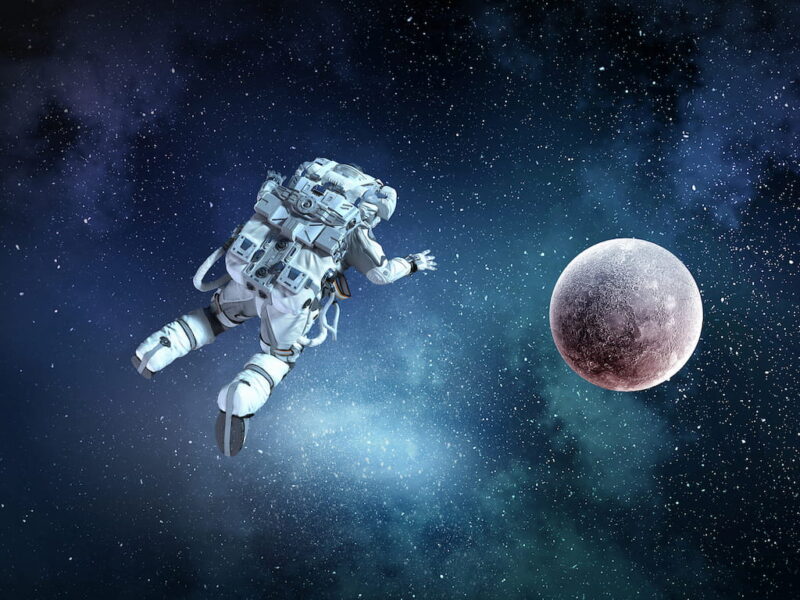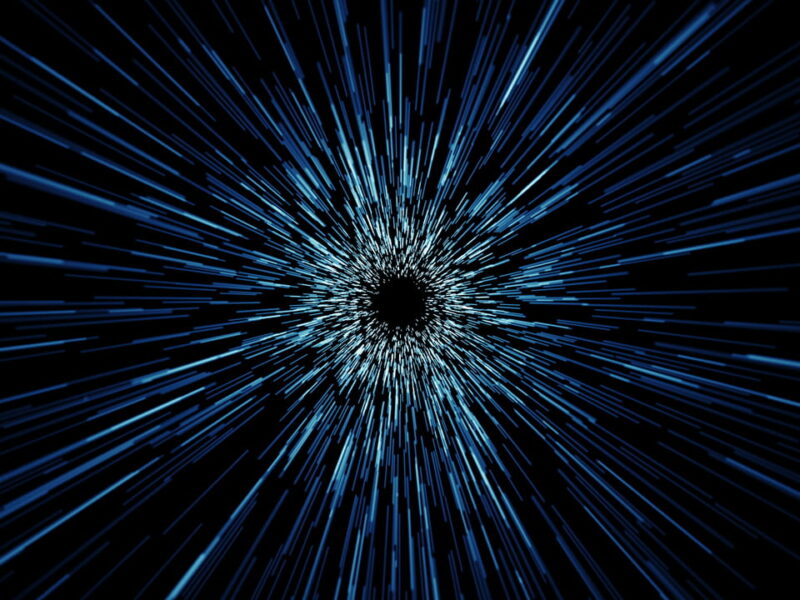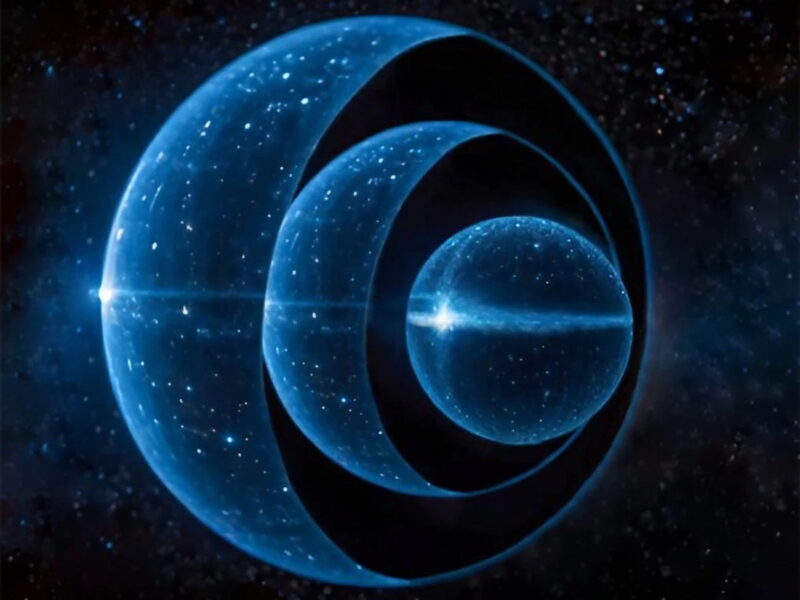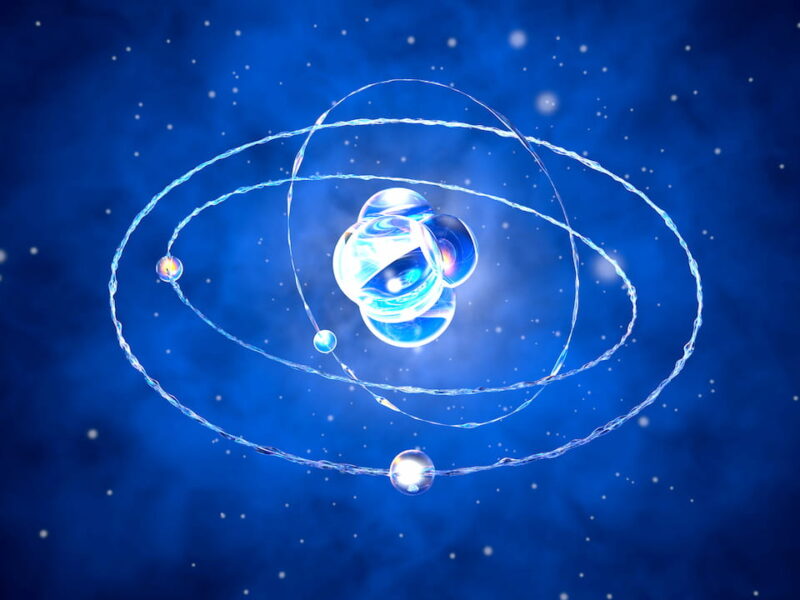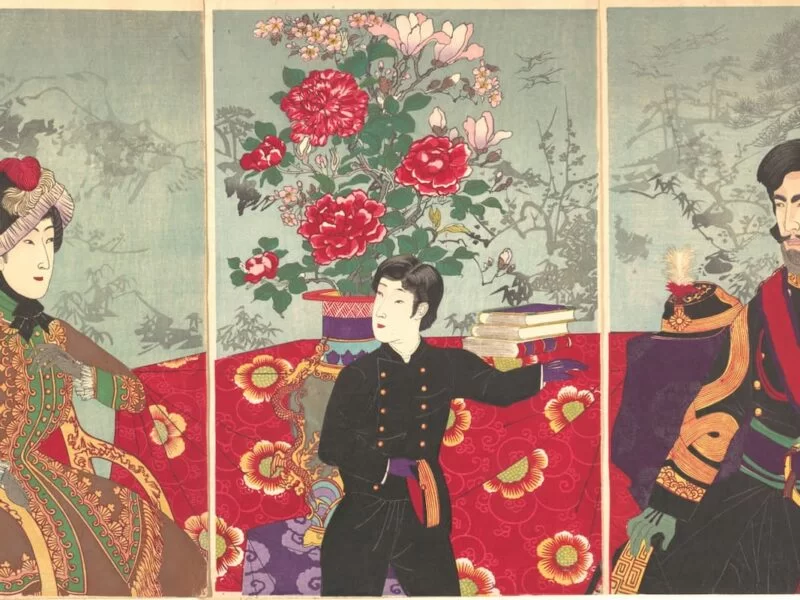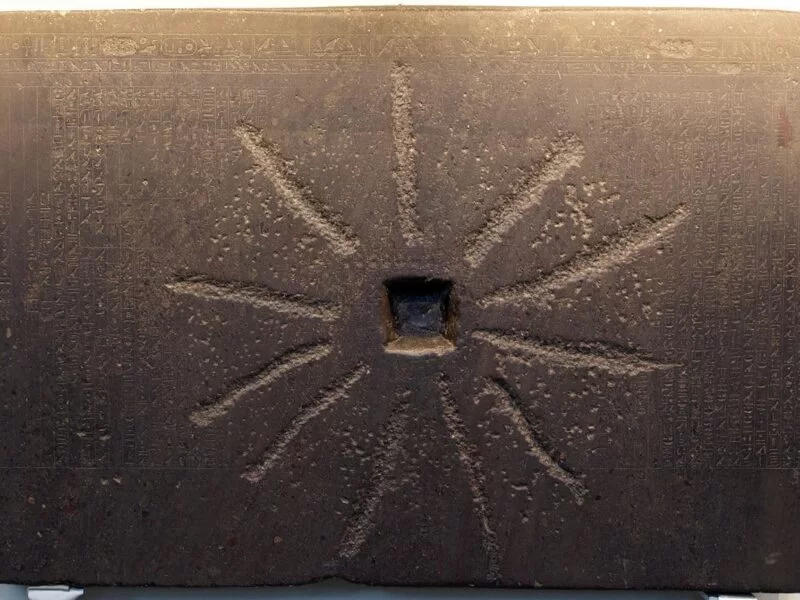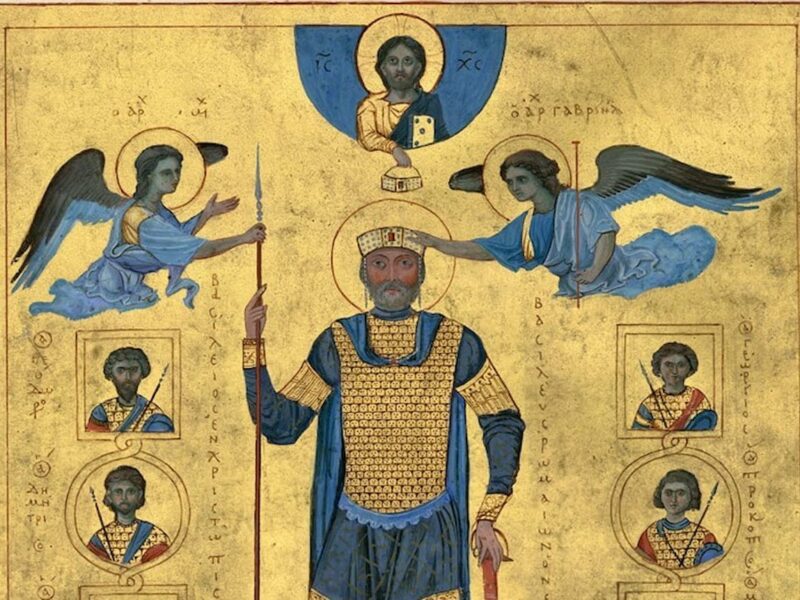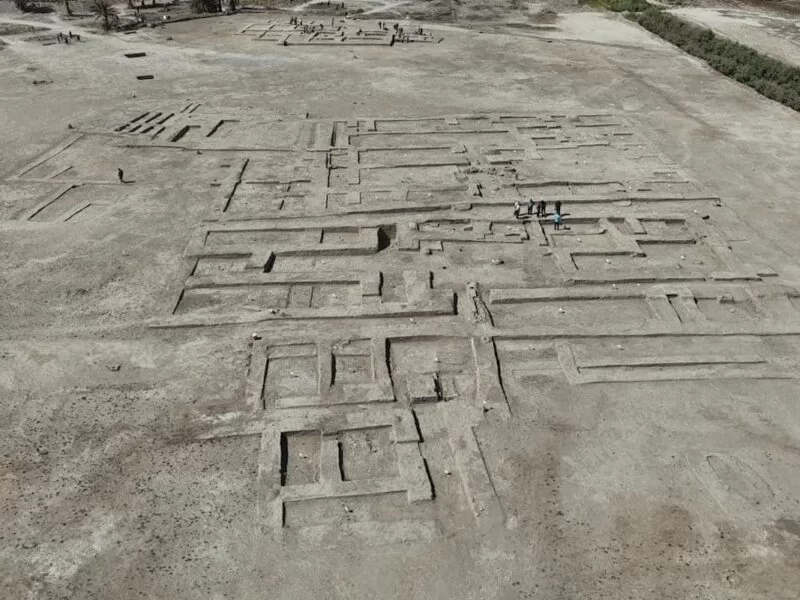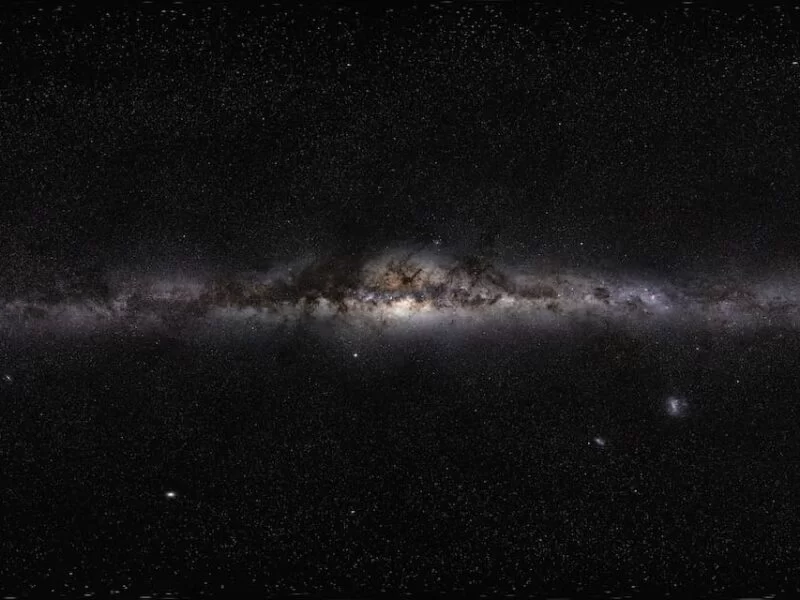An international team of scientists, composed of researchers from the Complutense University of Madrid, Saint Louis University’s Madrid campus, and the University of California, has proposed a new theory suggesting that spacetime could be made up of “entangled virtual bosons”, similar to the double helix of DNA. This finding, which could have significant implications for the unification of gravity and electromagnetism, was recently published in the journal General Relativity and Gravity.
The research was led by Professor Robert Monjo, who holds a PhD in physics and mathematics from Saint Louis University’s Madrid campus, in collaboration with Professor Rutwig Campoamor-Stursberg, head of the Department of Algebra, Geometry, and Topology at the Complutense University of Madrid, and researcher Álvaro Rodríguez-Abella from the University of California, Los Angeles. According to the authors, their work represents an important step forward in understanding the true nature of spacetime. Monjo states: Up until now, there has been a significant gap between gravity and the other forces of nature, but with this study, we have found a link that could unite them.
One of the key aspects of this study lies in the extension of the idea of “color” symmetry—a concept from quantum chromodynamics—applied to gravity. This approach could allow gravity and electromagnetism to be interpreted as manifestations of a more general theory. Symmetries, defined as invariances of observed quantities under different transformations, are fundamental to understanding modern physics. In this case, the researchers have generalized these symmetries to propose what they call “colored gravity”, a theory that expands on Einstein’s ideas about gravity.
The paper builds on Einstein’s work from 1928 on “teleparallel gravity”, an alternative interpretation of gravity that considers both the curvature and torsion of spacetime. To explain this idea, the scientists use the metaphor of a spring, which can be seen as either a perfectly circular ring (curvature) or a twisted straight line (torsion). Both descriptions are equivalent and produce the same gravitational effects, making it a matter of choosing the right theoretical framework. The revolutionary aspect of this theory is that, to generate the effects of gravity, pairs of “virtual bosons”—entangled particles that form a kind of double helix similar to DNA—would be needed.
These virtual bosons would be responsible for the torsion necessary to describe gravitational effects in a quantum manner. The hypothetical particle that mediates gravity, the “graviton”, would be described in this framework as an entity with “spin 2”, meaning it has a double spin that resembles the double helix of DNA. According to the researchers, this is the first step toward a possible unification of the fundamental forces, one of the biggest challenges in modern theoretical physics.
This type of study has important historical precedents. Between 1919 and 1926, physicists Theodor Kaluza and Oskar Klein had already proposed the idea of unifying gravity and electromagnetism by introducing a fifth dimension. However, modern advances in quantum physics have allowed Monjo and his team to make progress in this field without needing to resort to additional dimensions. Professor Monjo notes that Einstein came very close to achieving this unification, but he lacked consideration of some more suitable coordinates to establish the bridge between the two theories.
Additionally, one of the key concepts in this work is quantum delocalization, the idea that the position of a particle is not defined by a single value but by a set of possible values described through matrices or operators. This quantum principle is essential for understanding how the fundamental forces can interact at extremely small scales, such as those found in the origins of the universe or inside black holes.
While the theoretical implications of this finding are still being analyzed, the authors are optimistic about the potential of their theory. According to Monjo and his team, it is likely that the other fundamental forces could also be included within this theory of “colored gravity”. If confirmed, this could bring us closer to a unification of all the forces of nature, something Albert Einstein sought unsuccessfully during the later years of his life.
SOURCES
Universidad Complutense de Madrid
Monjo, R., Rodríguez-Abella, Á. & Campoamor-Stursberg, R. From colored gravity to electromagnetism. Gen Relativ Gravit 56, 117 (2024). doi.org/10.1007/s10714-024-03307-8
Discover more from LBV Magazine English Edition
Subscribe to get the latest posts sent to your email.



